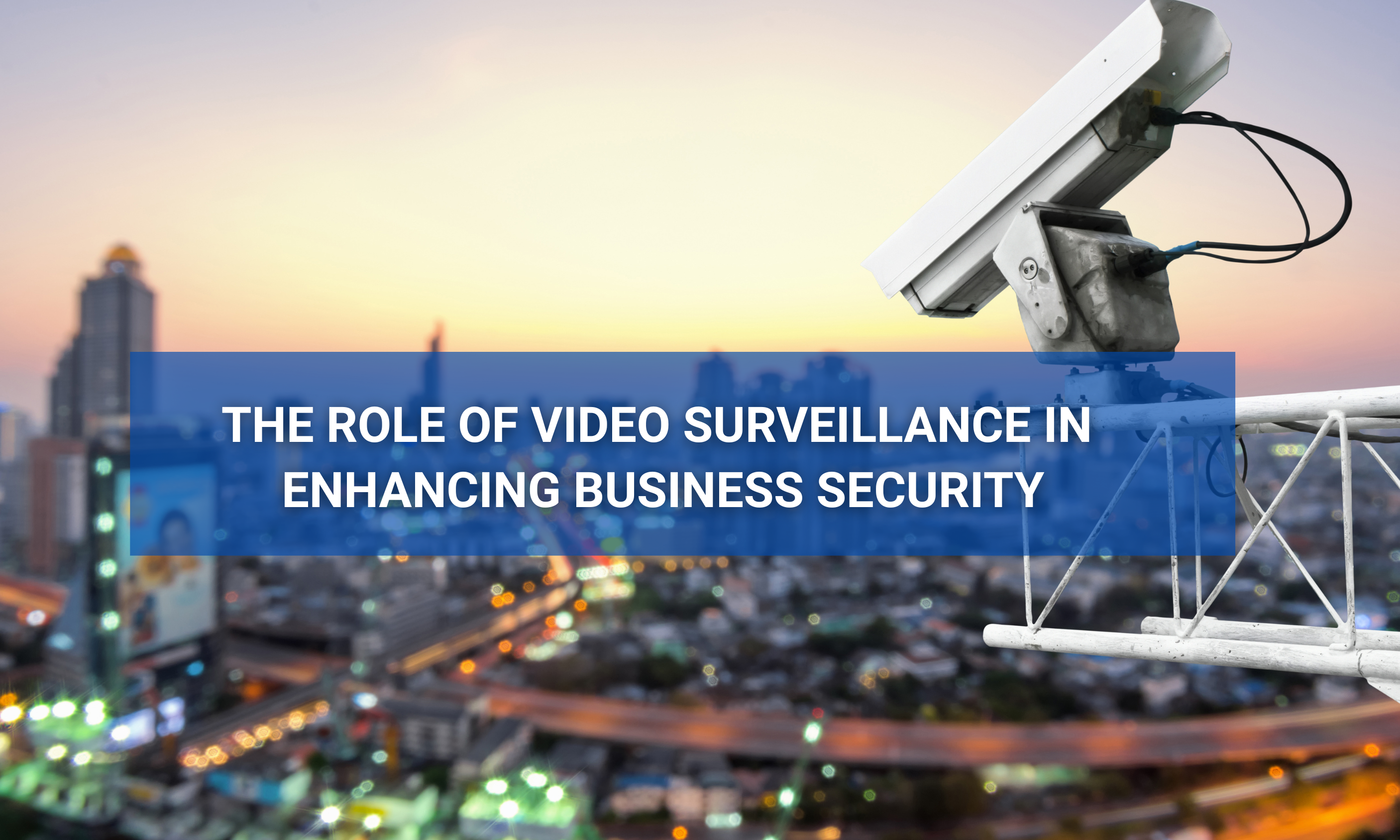Why Business Security Matters Now More Than Ever
The Rising Threat Landscape
Threats to businesses aren’t what they used to be. It’s not just about someone smashing a window in the dead of night. Now we’re talking about cyber threats, internal theft, vandalism, and even organized crime. Businesses of all sizes are on the radar — not just the big fish.
The Cost of Ignoring Security
Ignoring security? That’s a gamble no business can afford. From property loss and lawsuits to damaged reputations, the aftermath of security breaches can be brutal — and expensive. A simple surveillance setup could save you tens of thousands in the long run.
What Is Video Surveillance?
Traditional vs. Modern Surveillance
Remember those grainy, black-and-white security videos from the ’90s? Yeah, we’ve come a long way. Today’s systems are high-definition, remote-accessible, and AI-powered.
How Surveillance Technology Has Evolved
Modern surveillance includes cloud storage, night vision, facial recognition, motion sensors, and real-time mobile notifications. It’s like having a digital security guard on duty 24/7 — minus the coffee breaks.
Key Benefits of Video Surveillance for Businesses
Crime Deterrence
Let’s face it: people think twice when they know they’re being watched. Just the sight of cameras can be enough to stop shady activity before it starts.
Real-Time Monitoring
With remote viewing, you can keep an eye on your business from anywhere. On vacation? At a conference? Just pull out your phone and see what’s happening.
Evidence Collection
Break-in or dispute? Surveillance footage can be your best witness. It’s clear, timestamped, and often court-admissible.
Improved Employee Productivity
When employees know there’s accountability, performance tends to go up. It’s not about spying — it’s about fostering a safe and professional work environment.
Types of Video Surveillance Systems
Wired Systems
These are reliable and often deliver better quality video, but installation can be a bit of a project. Think more suited for larger or permanent locations.
Wireless Systems
Easier to install and flexible — great for small to mid-sized businesses or rental spaces.
IP Cameras vs. Analog Cameras
IP Cameras
These are the new kids on the block — high resolution, remote access, and packed with features like motion detection and two-way audio.
Analog Cameras
Old-school, but still effective for businesses on a tight budget. They lack some bells and whistles but get the job done.
Where Should You Install Cameras?
Entry and Exit Points
These are the frontlines of your security. You’ll want eyes on everyone coming and going.
Cash Registers and POS Systems
Money’s changing hands — a prime spot for potential theft or disputes. Keep it covered.
Warehouses and Inventory Rooms
Inventory shrinkage is real. Monitoring storage areas helps prevent internal and external theft.
Legal Considerations of Workplace Surveillance
Employee Consent and Privacy
You can’t just throw up cameras everywhere. Bathrooms and private areas? Big no-no. Inform your staff about surveillance policies and get written consent.
Complying with Local Laws
Each state or country may have different regulations. Do your homework or consult legal experts to stay compliant.
Integration with Other Security Systems
Alarms and Sensors
Cameras + motion sensors = a dynamic duo. If someone triggers an alarm, you’ve got the footage to back it up.
Access Control Systems
Think keycard entries or biometric locks. Pairing these with surveillance gives you a full picture of who went where and when.
Cloud-Based vs. On-Premises Surveillance
Pros and Cons of Cloud Storage
Cloud systems offer easy access, automatic updates, and less risk of physical damage. But they may come with subscription fees and rely on internet access.
Data Security and Accessibility
Cloud setups often have better encryption and security features, plus you can view footage anytime, anywhere — a huge plus for multi-location businesses.
Common Mistakes to Avoid with Surveillance Systems
Poor Camera Placement
A camera pointed at the ceiling? Useless. Make sure you’re capturing the action, not the architecture.
Lack of System Maintenance
Dusty lenses, unplugged cables — your system’s only as good as its upkeep. Regular checks are key.
Not Monitoring Footage
Recording’s great, but if no one’s watching it, what’s the point? Use motion alerts and periodic reviews to stay on top of things.
How AI Is Transforming Video Surveillance
Facial Recognition
No, it’s not just for spy movies. Facial recognition helps identify known threats and streamline access for employees.
Smart Alerts and Motion Detection
Get pinged when something’s out of the ordinary — whether it’s after hours movement or someone lingering too long near restricted areas.
Choosing the Right Surveillance System for Your Business
Factors to Consider
Size of your premises, number of access points, business type, hours of operation — all of these affect your ideal setup.
Budget vs. Features
Yes, you get what you pay for. But even modest systems today offer solid security without breaking the bank.
Conclusion
Video surveillance isn’t just about watching — it’s about protecting, preventing, and empowering your business. Whether you’re running a small shop or managing a massive warehouse, the right surveillance system gives you peace of mind and a layer of defense that’s worth every penny. Don’t wait for something bad to happen — be proactive, stay informed, and let your cameras do the heavy lifting.
FAQs
1. Can small businesses afford video surveillance systems?
Absolutely. There are plenty of affordable, scalable options designed for small businesses with limited budgets.
2. Is it legal to record employees at work?
In most cases, yes — but you must inform employees and avoid placing cameras in private areas like bathrooms or locker rooms.
3. What happens if my Wi-Fi goes down with a wireless system?
Some systems store footage locally during outages and sync it to the cloud once you’re back online.
4. How often should I update or upgrade my surveillance system?
A good rule of thumb is every 3–5 years, or whenever there’s a major tech advancement that adds serious value.
5. Are video surveillance systems vulnerable to hacking?
Like any tech, they can be — but with strong passwords, encrypted connections, and regular updates, risks are greatly reduced.

